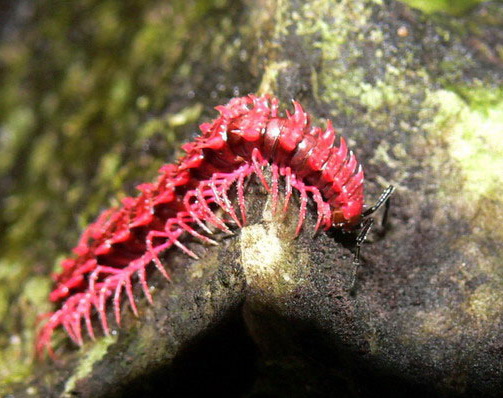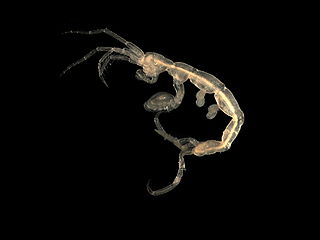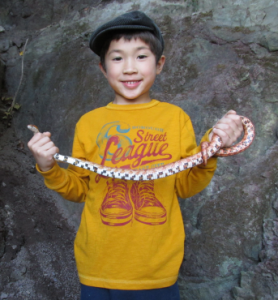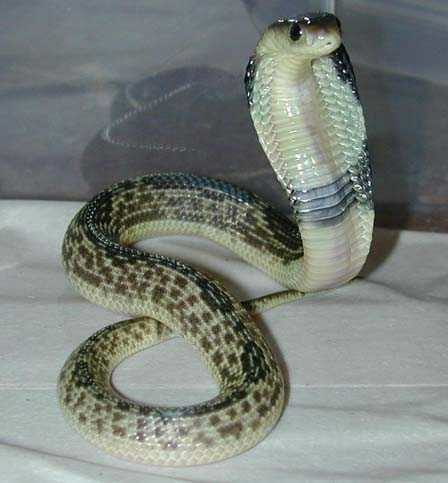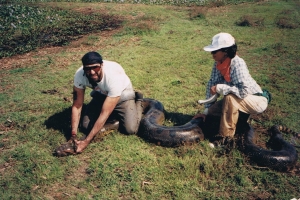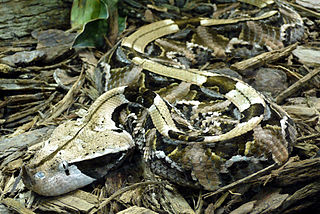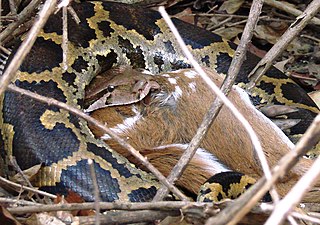
Uploaded to Wikipedia Commons by MKFI
Sailfin Dragons (4 species in the genus Hydrosaurus) are among the most spectacular of all the world’s lizards. Even after a lifetime of working with reptiles in zoos and the field, the sight of one stops me cold – and I know of no herp enthusiast who reacts otherwise. While certainly not suitable for beginners, the experienced keeper with ample space will be hard pressed to find a more exciting prospect. And with a new species recently described, and wild populations of others in jeopardy, serious attention to captive breeding is urgently needed.
Description and Natural History
The Philippine Sailfin Lizard, Hydrosaurus pustulatus, was the species most commonly seen in the pet trade until the mid-1990’s, when exports were restricted. Stoutly built and sometimes nearing 4 feet in length, males are clad in green, neon purple, and reddish blue, and bear huge crests along the back and tail. DNA studies of individuals in Manila animal markets revealed that 2 genetically-distinct species are currently classified as H. pustulatus. The newly-described species has not yet been named. Please see the article linked below for further information.

Uploaded to Wikipedia Commons by Ramon FVelasquez
The Amboina Sailfin, H. amboinensis, native to Indonesia and New Guinea, now often appears in pet markets in the Philippines. Weber’s Sailfin Lizard, H. weberi, is limited in distribution to the Indonesian islands of Ternate and Halmahera.
Sailfin Dragons are found near water, frequenting forested river edges, swamps, and coastal marshes.
Behavior
Sailfin Dragons are alert and somewhat high-strung. Pets will flee from noises, cats, dogs, large birds and other threats. Injuries during such escape attempts are common. While some calm down and accept gentle handling, wild caught individuals may remain unapproachable for years.
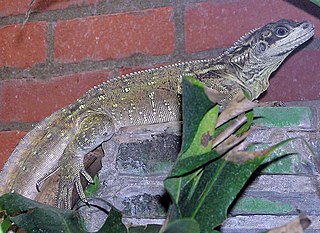
Uploaded to Wikipedia Commons by Adrian Pingstone
Status in the Wild
A recent survey by University of Oklahoma herpetologists (Biological Conservation, V 169, Jan, 2014) revealed that only 10% of the Philippine Sailfin Dragon’s remaining habitat is protected. The rest is impacted by logging, coastal fisheries, illegal collection, and other activities.
The Terrarium
Sailfin Dragons forage on the ground but are otherwise arboreal. They will be stressed if kept in low enclosures that do not allow climbing opportunities.
Youngsters may be raised in 30-55 gallon aquariums. In common with Asian Water Dragons and Basilisks, they often run along the glass and are prone to snout and jaw abrasions. Cardboard or other solid borders along the lower 3-4 inches of the tank’s sides will help to limit such injuries.
Larger individuals must be housed in custom-made cages. A single adult will need a home measuring approximately 5 x 4 x 5 feet. More height – 6 feet or so – is ideal. In suitable climates, predator-proof outdoor enclosures, including pre-fabricated bird aviaries, can be fashioned into “luxury accommodations”.

Uploaded to Wikipedia Commons by Cburnett
Numerous wide, stout branches and shelves should be provided. Sturdy live plants (Pothos, Philodendron, Spider Plants) and/or artificial plants should be added to provide a sense of security. Wild Sailfin Dragons always live near heavy cover, and will be ill-at-ease in bare terrariums. One or two sides of the enclosure should be solid as opposed to screened, again to place the animals at ease (this is standard in zoo exhibit construction – many animals fare poorly when open to view from all directions). Never position rocks below branches, as startled individuals may jump to the floor and be injured.
A water bowl large enough for bathing must be provided. Custom built cages with filtered pools are ideal.
Substrate
The substrate should be capable of holding moisture and soft enough to cushion falls when hungry or frightened Dragons leap to the ground. Cypress mulch is ideal; soft sphagnum moss can be added if falls are frequent. Avoid fine substrates such as peat and coconut husk, which tend to lodge around the eyes and jaws.
Light
Sailfin Dragons will not thrive without a source of UVB radiation. Natural sunlight is best, but be aware that glass and plastic filter out UVB rays, and that fatal overheating can occur very quickly. If a florescent bulb is used (the Zoo Med 10.0 UVB Bulb is ideal), be sure that all animals can bask within 6-12 inches of it. Mercury vapor bulbs broadcast UVB over greater distances, and provide beneficial UVA radiation as well. A 12:12 hour day-night cycle should be maintained.
Heat
The ambient air temperature should range from 80-90 F, with a basking spot of 110-120 F; night-time temperatures can dip to 75 F. Incandescent bulbs should be used to maintain these temperatures. Provide your pets with the largest enclosure possible, so that a varied temperature gradient can be maintained. A ceramic heater or red/black reptile “night bulb” can be used after dark.
Humidity
Sailfin Dragons require humidity levels of approximately 80%, and the chance to dry off as well. The terrarium should be misted twice daily. Large bathing pools and reptile misters can be used to increase humidity.
Companions
Males are territorial and will fight savagely. Females often co-exist, but may also battle for dominance.
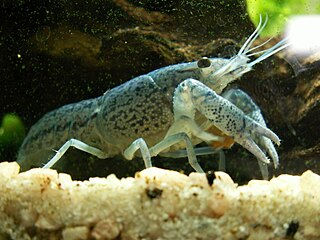
Uploaded to Wikipedia Commons by Thomas Seip
Feeding
Sailfin Dragons need a varied diet. Those fed crickets and mealworms alone quickly develop serious developmental disorders. Whole vertebrates such as minnows, shiners, crayfish or small bait crabs, and pink mice represent the best means of meeting their high calcium requirements; use goldfishes only sparingly, as a steady diet has been implicated in health problems in other reptiles. Pink mice should be fed less often than fishes (once each 7-14 days), and furred rodents are best avoided.
Roaches, earthworms, crickets, butterworms, silkworms, super mealworms and other commercially-available insects, should be offered regularly. In order to increase dietary variety, try canned grasshoppers, snails and silkworms. Cicadas, beetles, grasshoppers, moths and other wild-caught insects should be provided as well; please see the article linked below for further information on safely collecting insects.
Young Sailfin Dragons are primarily carnivorous, but add greens and fruit to the diet as they mature. Captives, however, often reject non-living foods. Mixing live mealworms into a bowl of kale, dandelion, squash, carrot, mango, peaches and other produce may encourage them to sample the salad.
Depending upon the type of food, Sailfin Dragons can be fed daily, every-other-day or thrice weekly; young fare best when fed frequently. Food (other than vertebrates) should be powdered with Zoo Med ReptiCalcium or a similar product. Vitamin/mineral supplements such as ReptiVite should be used 2-3 times each week.
While ingested substrate is usually passed, food is best offered in bowls to limit potential problems.
Health Considerations (Pet Owner and Pet)
Salmonella bacteria, commonly present in reptile and amphibian digestive tracts, can cause severe illnesses in people. Handling an animal will not cause an infection, as the bacteria must be ingested. Salmonella infections are easy to avoid via the use of proper hygiene. Please speak with your family doctor concerning details, and feel free to write me for links to useful resources.
Unfortunately, captive breeding remains the exception rather than the rule. Wild-caught individuals will be afflicted with various parasites and should be seen by an experienced veterinarian shortly after acquisition.
Sailfin Dragons are prone to snout and jaw injuries that result from rubbing against glass and screening. Wounds may become infected, and should be treated immediately.
Fine/gritty substrate may lodge along the gums and in the eyes.
Further Reading
New Sailfin Dragon Species Found in Pet Market
Feeding Insectivorous Lizards
 That Reptile Blog – Reptile, Amphibian and Exotic Pet Care and Information
That Reptile Blog – Reptile, Amphibian and Exotic Pet Care and Information

